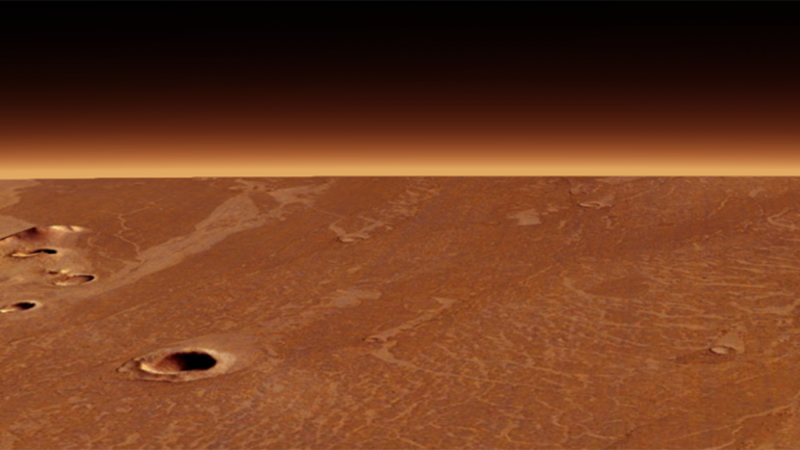In May 2018, explosive volcanic eruptions rocked Kīlauea, Hawaii. Over the next few months, eruptions destroyed over 700 homes, plumes of ash and lava spewed out of the volcano, and tens of thousands of earthquakes rocked the summit. The eruptions and lava also dramatically reshaped the summit’s landscape, as Kīlauea’s caldera–the hole that forms after a magma chamber is emptied during an eruption–collapsed.
Some scientists now believe that this eruption may have had an unusual trigger–a mechanism that looks like a stomp-rocket toy. The findings are described in a study published May 27 in the journal Nature Geoscience, and could help explain how atmospheric plumes are formed and lead to better volcano planning.
“When these explosions started in 2018, I was a graduate student researching Kīlauea seismicity,” study co-author and Stanford University geophysicist Josh Crozier tells Popular Science. “It was clear that something important was happening with the volcano, from both a hazards perspective and from a scientific perspective.”
[Related: If Kilauea’s lava lake falls below the water table, the results could be explosive.]
Crozier and others monitoring the volcano were seeing some indications and models of previous Kīlauea activity might not apply to this situation. Explosive eruptions are typically driven two ways. Rising molten rock–magma–coming to the surface and becoming lava or expanding steam from the magma heating underground water. However, geologists have identified 12 eruptions of Kīlauea in May 2018 that can’t really be explained by those usual mechanisms.
In the study, the team hypothesizes that an action similar to a stomp-rocket toy was what was going on below the surface. The STEM-based toy patented in 1993 has a plastic gas-filled cavity that shoots a toy rocket into the air when stomped on. This child friendly analogy is credited to Dave Shelley from the USGS and study co-author Wes Thelen, according to Crozier.

The team used geophysical and atmospheric data to determine the pressure changes in the magma reservoir and used 3D models to simulate the eruptive plume’s ascent ascent. These models indicated that there was a collapse of the magma reservoir in May 2018. The collapse then increased the pressure of the gas trapped in the chamber. This gas pressure buildup led to an explosive eruption, similar to the trigger when someone jumps on a stomp-rocket toy.
“It was surprising to find that the explosive eruptions could be produced purely by collapse-driven pressurization of accumulated gas and debris, rather than [the] more typical spectrum of magmatic-phreatic (i.e., magma-driven to gas-driven) activity,” says Crozier. “It provides a reminder of the diversity and complexity of volcanic activity.”
[Related: How scientists collect lava from an active volcano.]
According to the team, this stomp-rocket like mechanism may not be unique to the 2018 Kīlauea eruptions. It could also have been at play in other collapse eruptions, including another one at Kīlauea a century ago. The study could help further explain how atmospheric plumes of hot gas and rock bits form during this kind of collapse-driven eruption. A better understanding of the dynamics of how these plumes form could also help improve forecasting the danger and risks posed by an eruption.
“Sometimes collapse calderas, which form during many large volcanic eruptions and create impressive topographic features, might be viewed as byproducts of the eruptions that formed them,” says Crozier. “However, Kīlauea and other volcanoes that have erupted recently have emphasized that caldera collapse can play an integral role in driving eruptive activity.”









